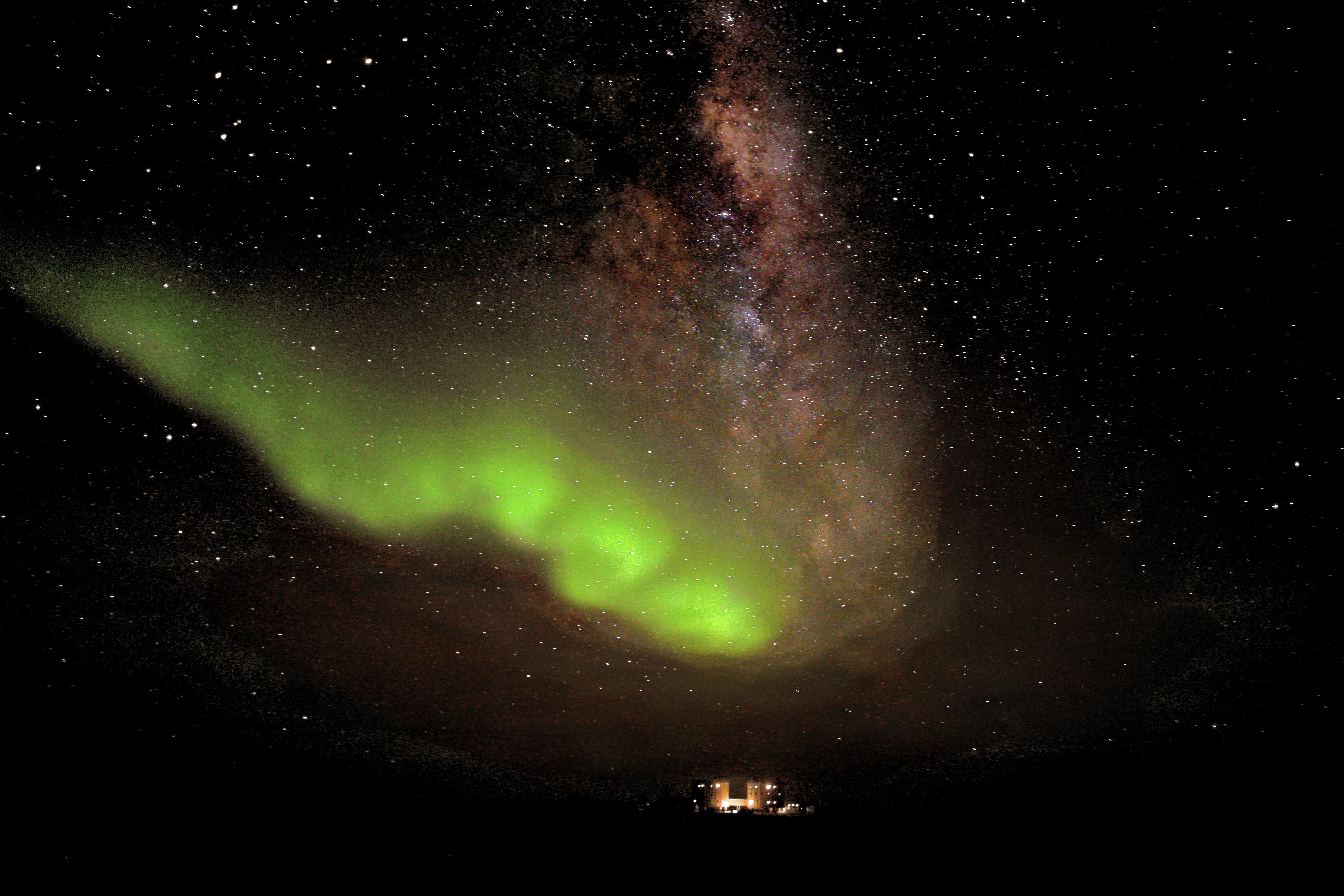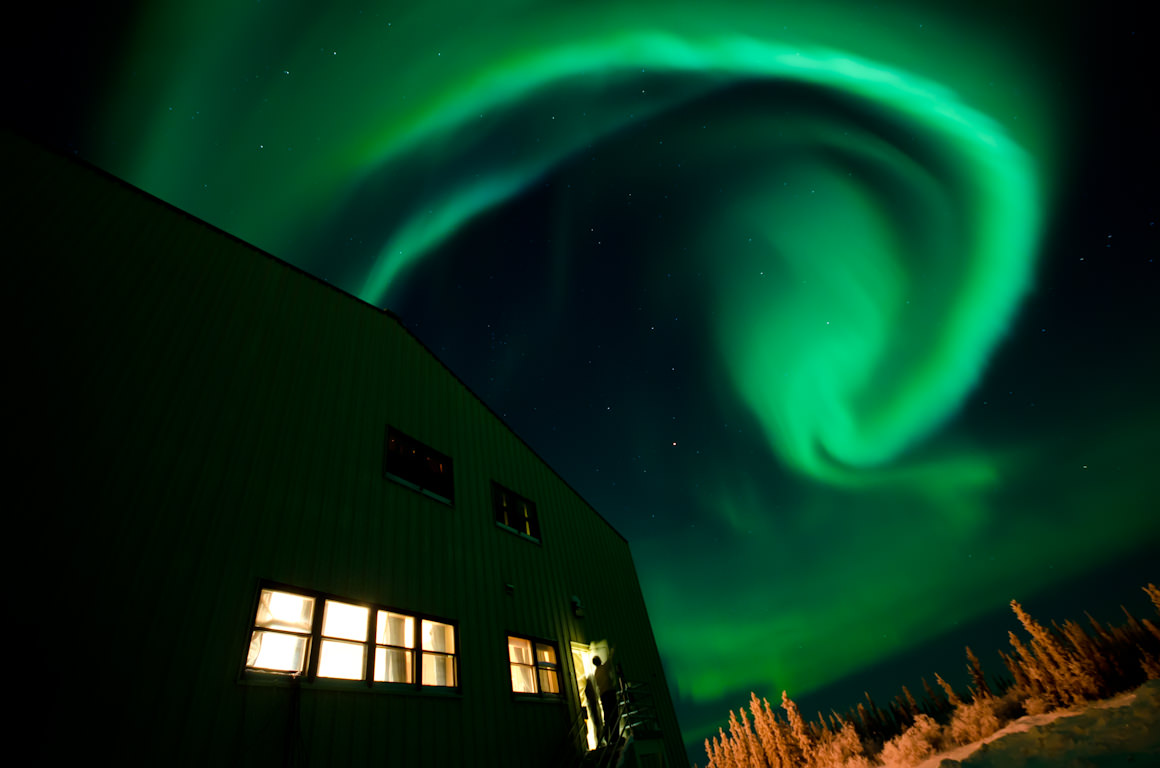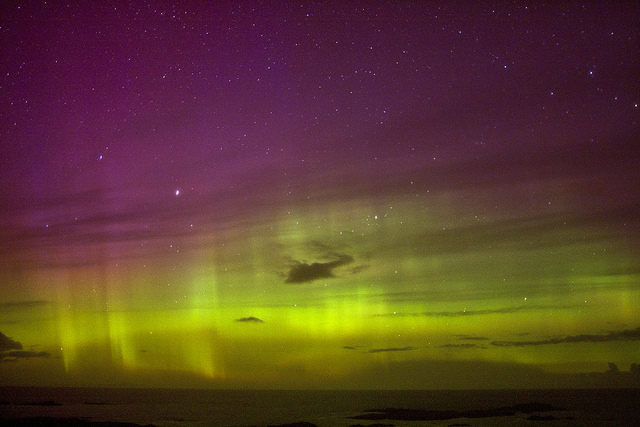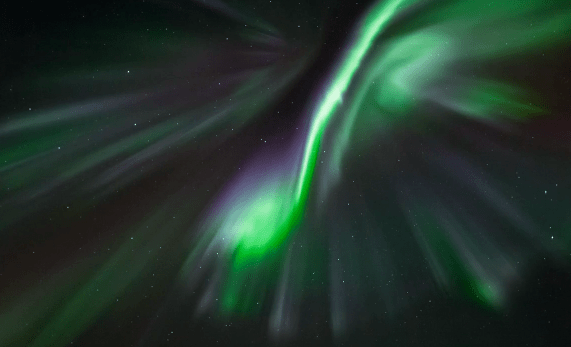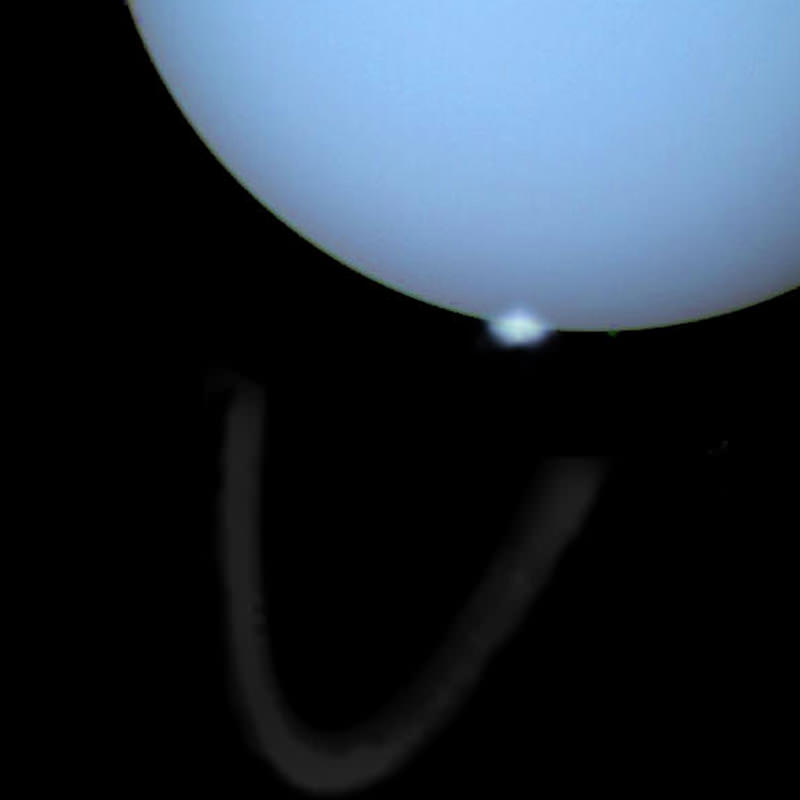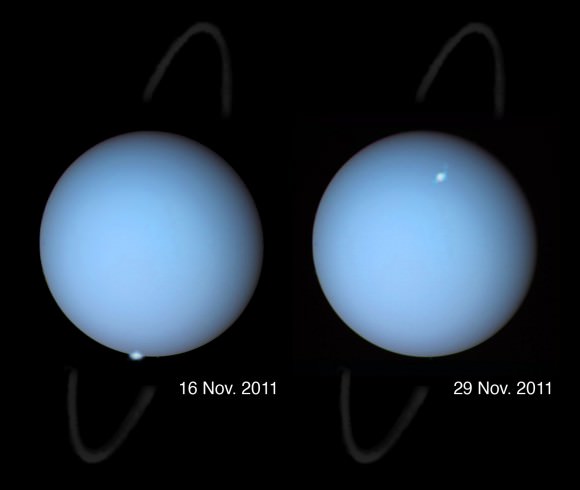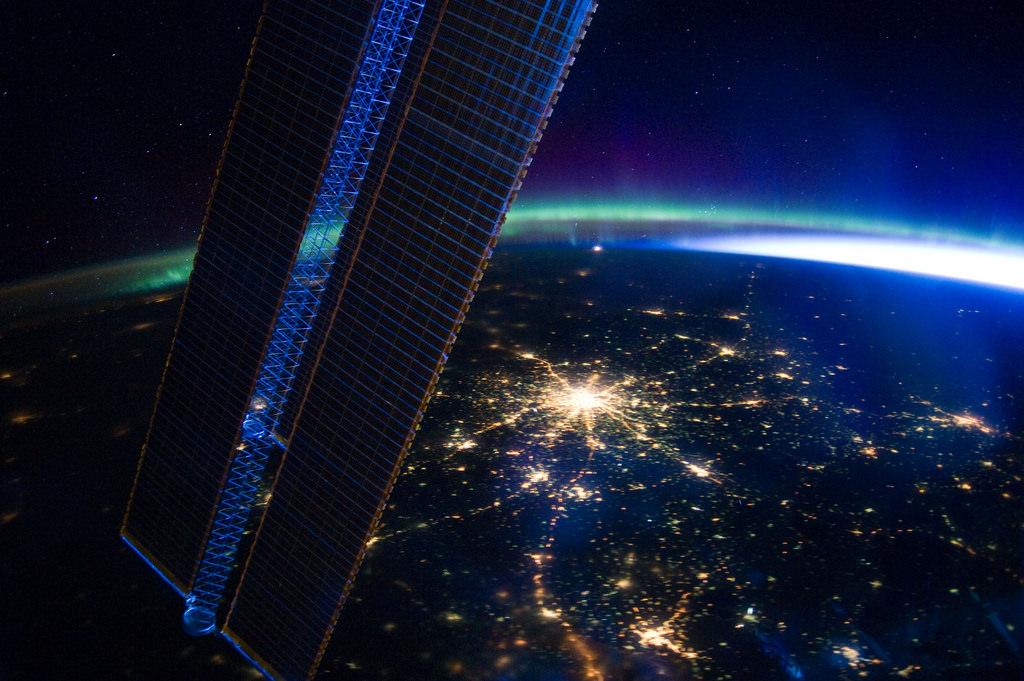“We managed to snap a few photos before Heaven realised its mistake and closed its doors.”
– Dr. Alexander Kumar
This stunning photo of the Aurora Australis, set against a backdrop of the Milky Way, was captured from one of the most remote research locations on the planet: the French-Italian Concordia Base, located located at 3,200 meters (nearly 10,500 feet) altitude on the Antarctic plateau, 1,670 km (1,037 miles) from the geographic south pole.
The photo was taken on July 18 by resident doctor and scientist Dr. Alexander Kumar and his colleague Erick Bondoux.
Sparked by a coronal mass ejection emitted from active region 11520 on July 12, Earth’s aurorae leapt into high gear both in the northern and southern hemispheres three days later during the resulting geomagnetic storm — giving some wonderful views to skywatchers in locations like Alaska, Scotland, New Zealand… and even the South Pole.
“A raw display of one of nature’s most incredible sights dazzled our crew,” Dr. Kumar wrote on his blog, Chronicles from Concordia. “The wind died down and life became still. To me, it was if Heaven had opened its windows and a teardrop had fallen from high above our station, breaking the dark lonely polar night.
“We managed to snap a few photos before Heaven realised its mistake and closed its doors.”
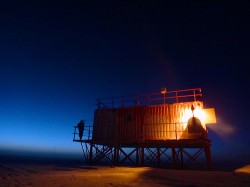 With winter temperatures as low as -70ºC (-100ºF), no sunlight and no transportation in or out from May to August, Concordia Base is incredibly isolated — so much so that it’s used for research for missions to Mars, where future explorers will face many of the same challenges and extreme conditions that are found at the Base.
With winter temperatures as low as -70ºC (-100ºF), no sunlight and no transportation in or out from May to August, Concordia Base is incredibly isolated — so much so that it’s used for research for missions to Mars, where future explorers will face many of the same challenges and extreme conditions that are found at the Base.
But even though they may be isolated, Dr. Kumar and his colleagues are in an excellent location to witness amazing views of the sky, the likes of which are hard to find anywhere else on Earth. Many thanks to them for braving the bitter cold and otherworldly environment to share images like this with us!
Read more on Concordia Base here.
Lead image: ESA/IPEV/ENEAA/A. Kumar & E. Bondoux. Sub-image: sunset at Concordia. ESA/IPEV/PNRA – A. Kumar

